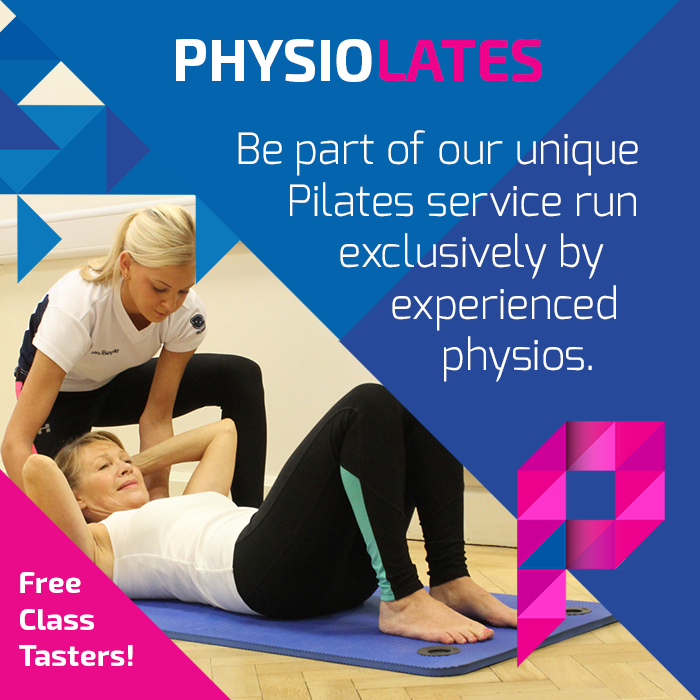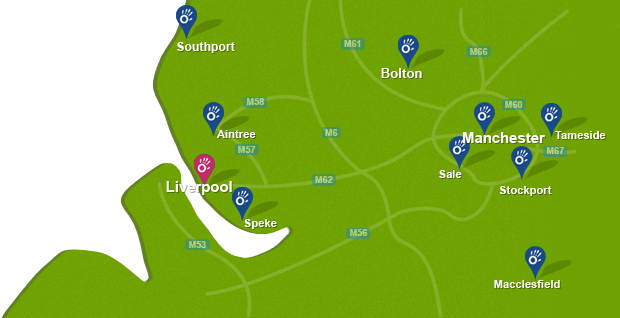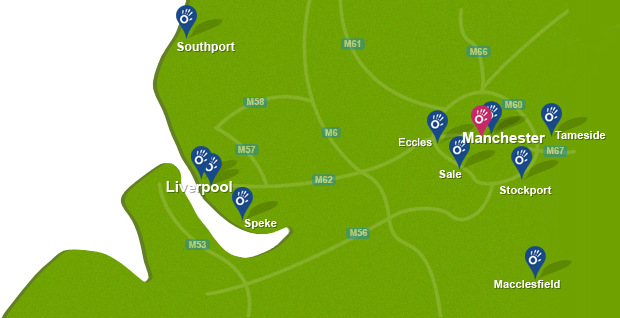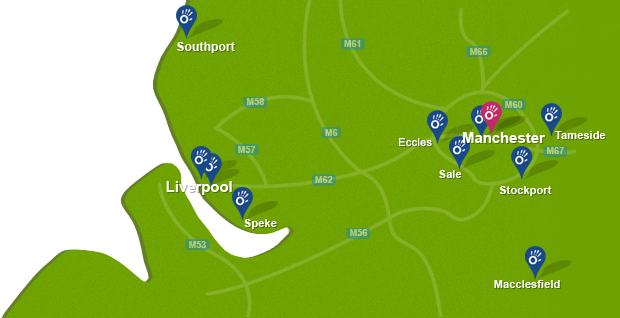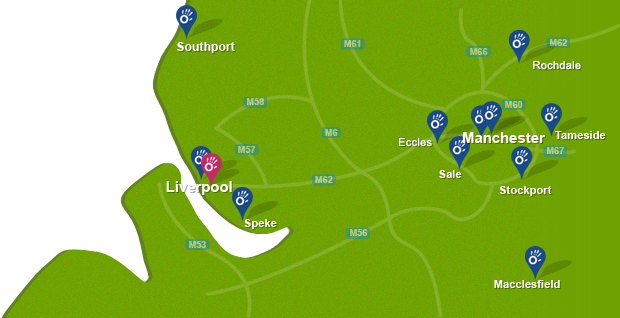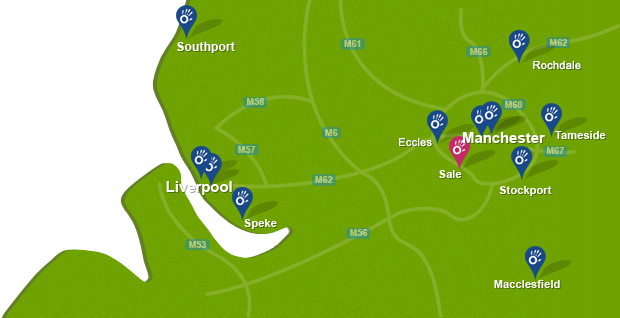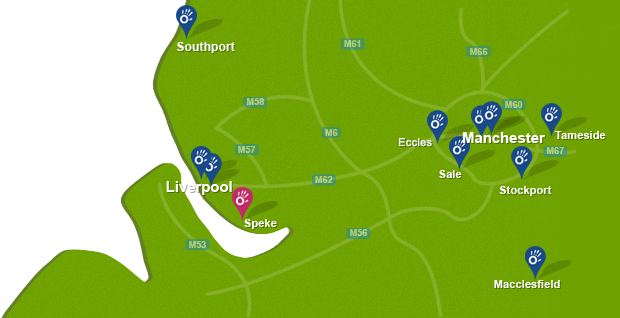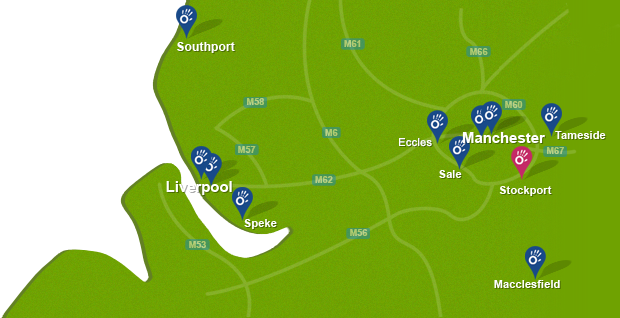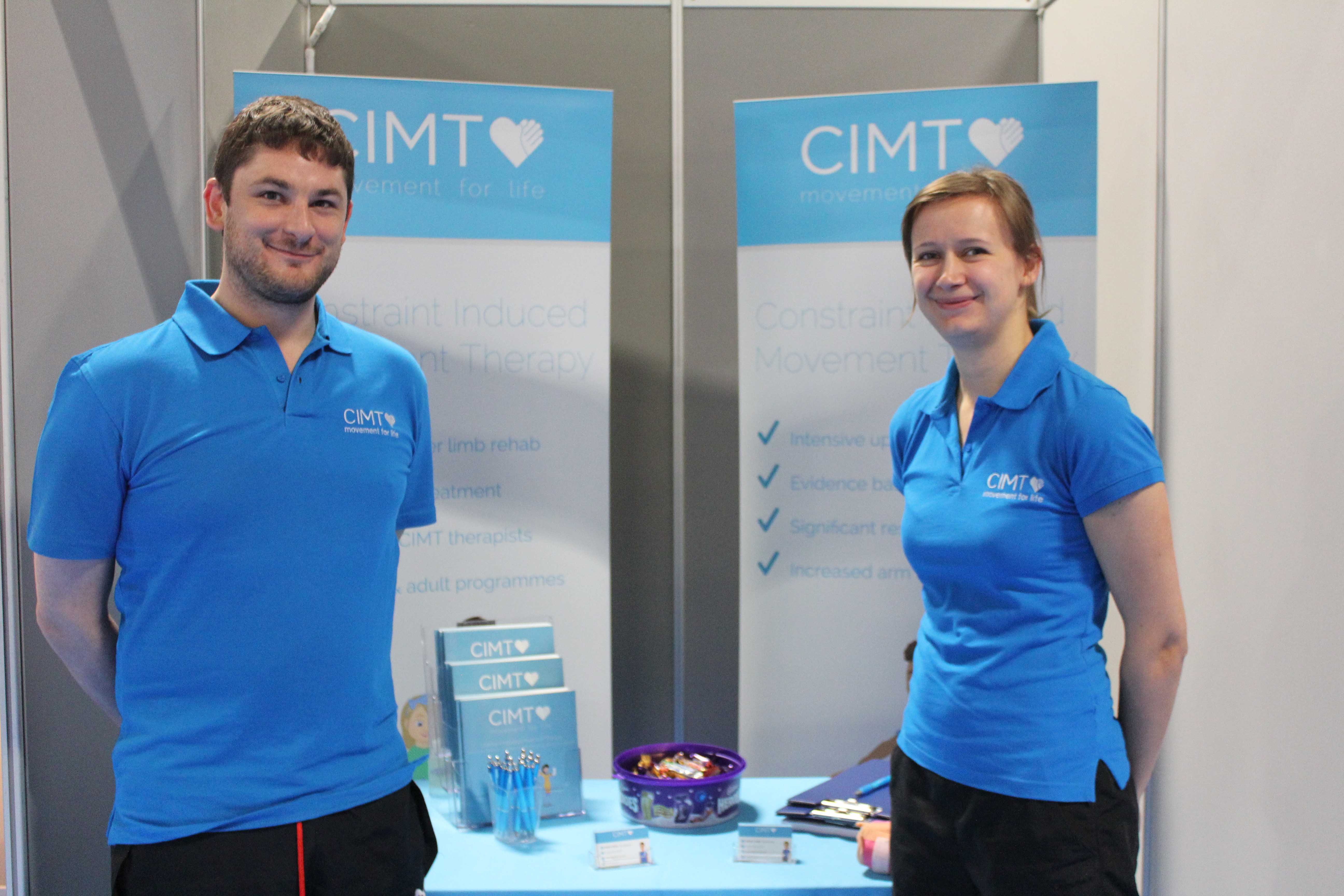 Above: Our CIMT physiotherpaists at a local health exhbition.
Above: Our CIMT physiotherpaists at a local health exhbition.CIMT involves two main components:
- Restraint of the unaffected arm using a mitt, sling or cast to encourage use of the weaker arm
- Repetitive practice of functional tasks with the weaker hand. Activities may include picking up or stacking small objects and functional everyday tasks
CIMT works by encouraging reorganisation of the brain so that a larger part becomes active when the person uses their weaker arm. The person also develops an improved awareness and motivation to use their weaker arm thereby overcoming the cycle of learned non-use.
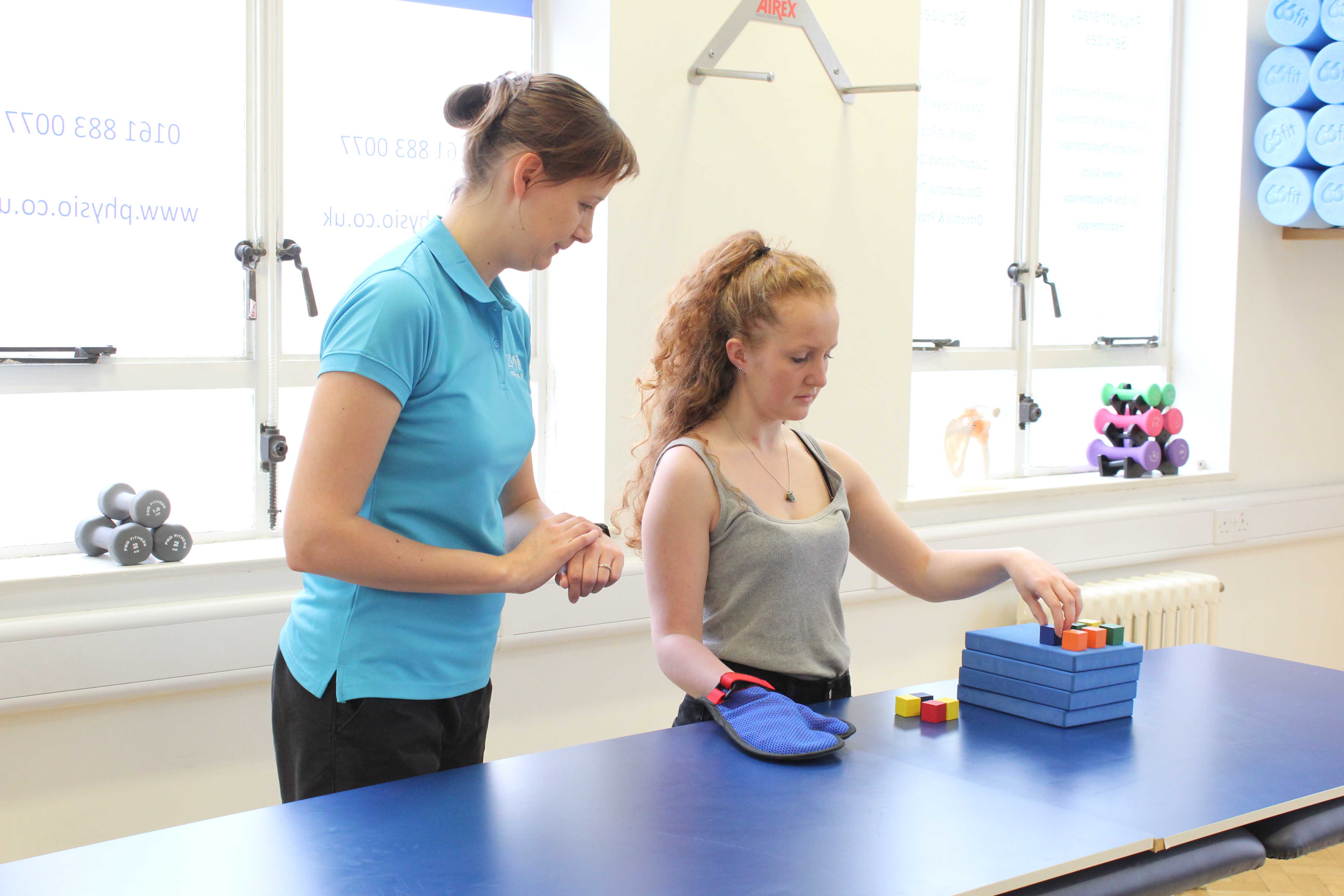 Above: CIMT is both suitable for adults and children.
Above: CIMT is both suitable for adults and children.To find out more about our CIMT programme please call Physio.co.uk today on 0330 088 7800 to speak to one of our specialist neurological physiotherapists.

 0330 088 7800
0330 088 7800



